New regulations by the Environmental Protection Agency (EPA) are setting off alarms across America.
Just last week, a rule targeting power plants was finalized, hinting at tough times ahead for the country’s energy grid. According to the EPA, this rule is a step towards cleaner energy, but at what cost?
Stricter Emissions, Stricter Challenges
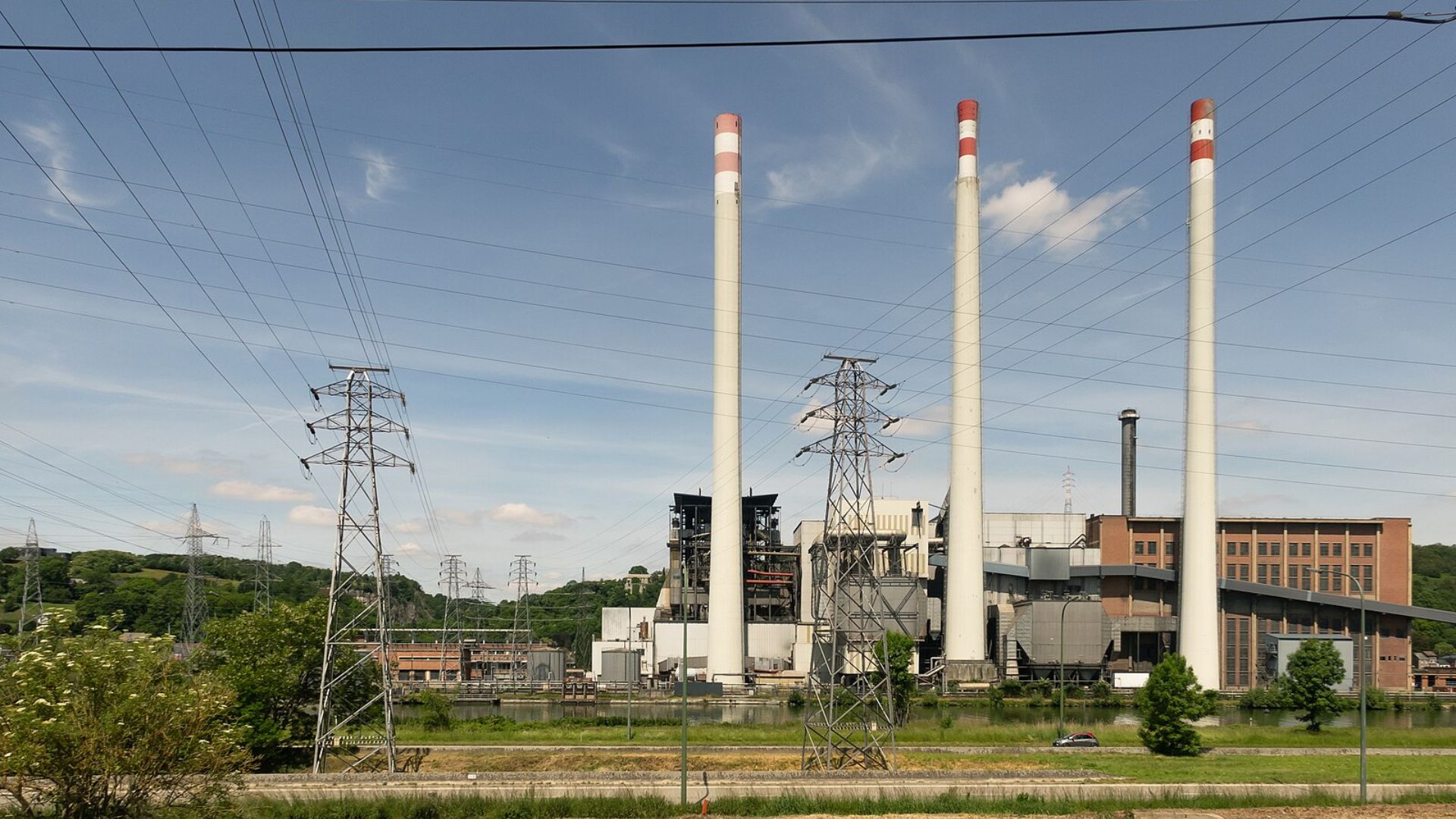
By 2032, coal plants planning to operate past 2039 and all new natural gas plants must slash or capture 90% of their carbon emissions.
It’s a bold move aiming for a significant environmental impact, but the feasibility remains a huge question mark, especially given current technological constraints.
A Tough Road for Existing Plants
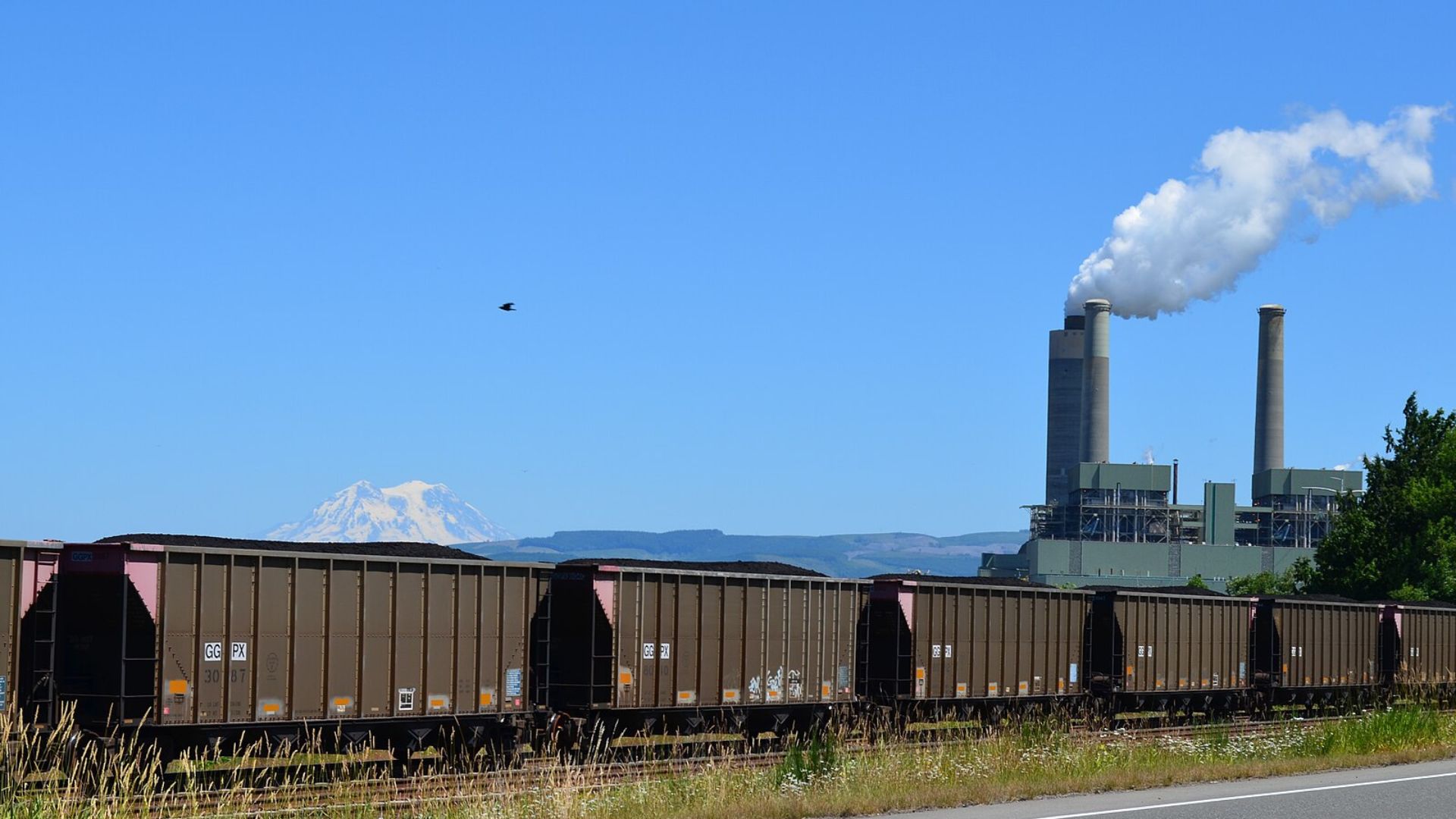
Even older plants not planning to extend beyond 2039 aren’t off the hook. They also need to implement emission capture technologies to a lesser extent.
The EPA’s sweeping regulations have spared no one in the power sector, leaving many to wonder about the real agenda behind these moves.
The Expensive Dream of Carbon Capture
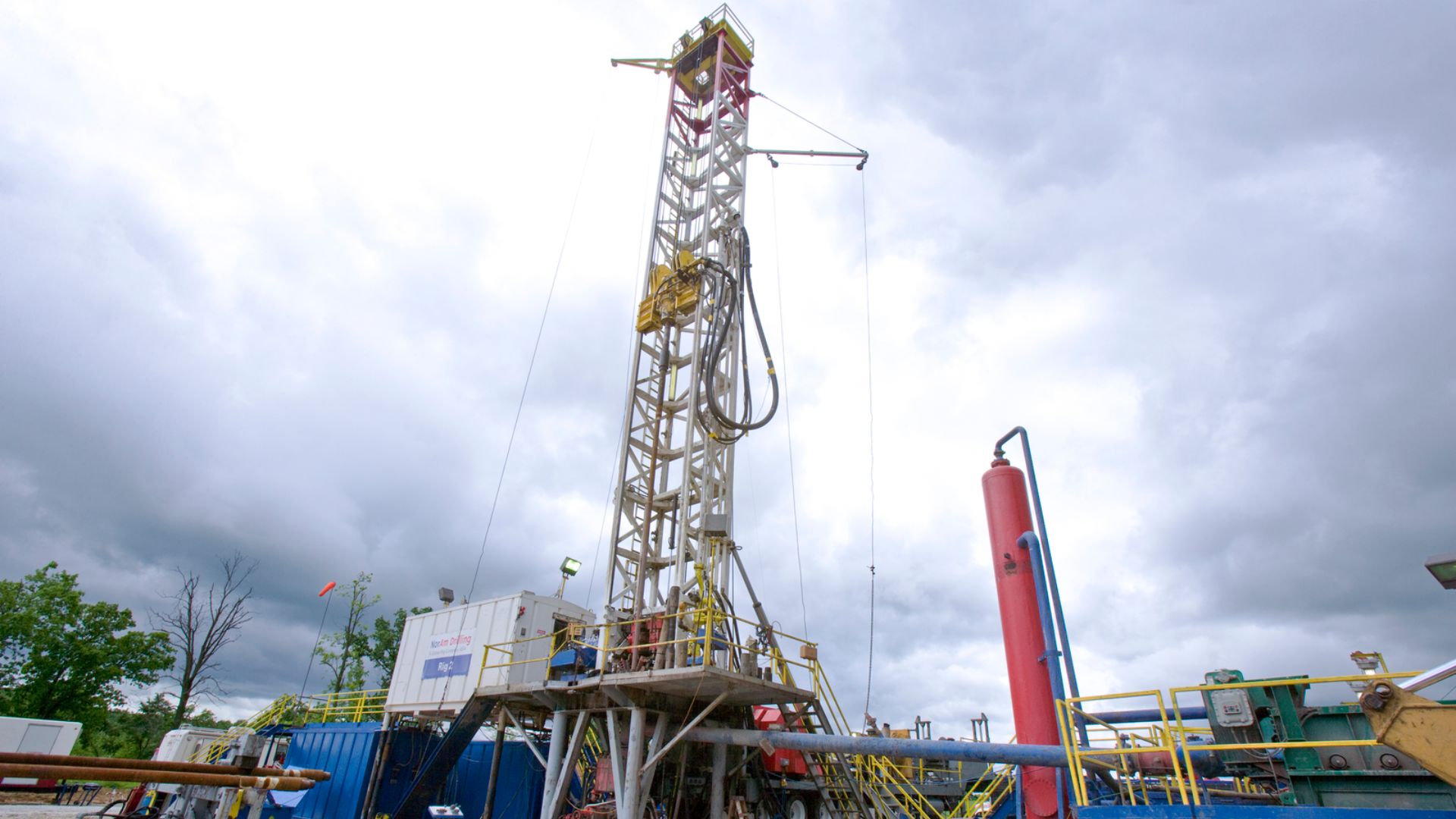
Carbon capture and sequestration (CCS) technology, which involves capturing CO2 and storing it underground, is central to the EPA’s strategy.
However, “despite decades of research and development, CCS remains extremely expensive and largely unsuccessful,” according to critics of the technology’s viability and economic feasibility.
Permitting Woes Slow Progress
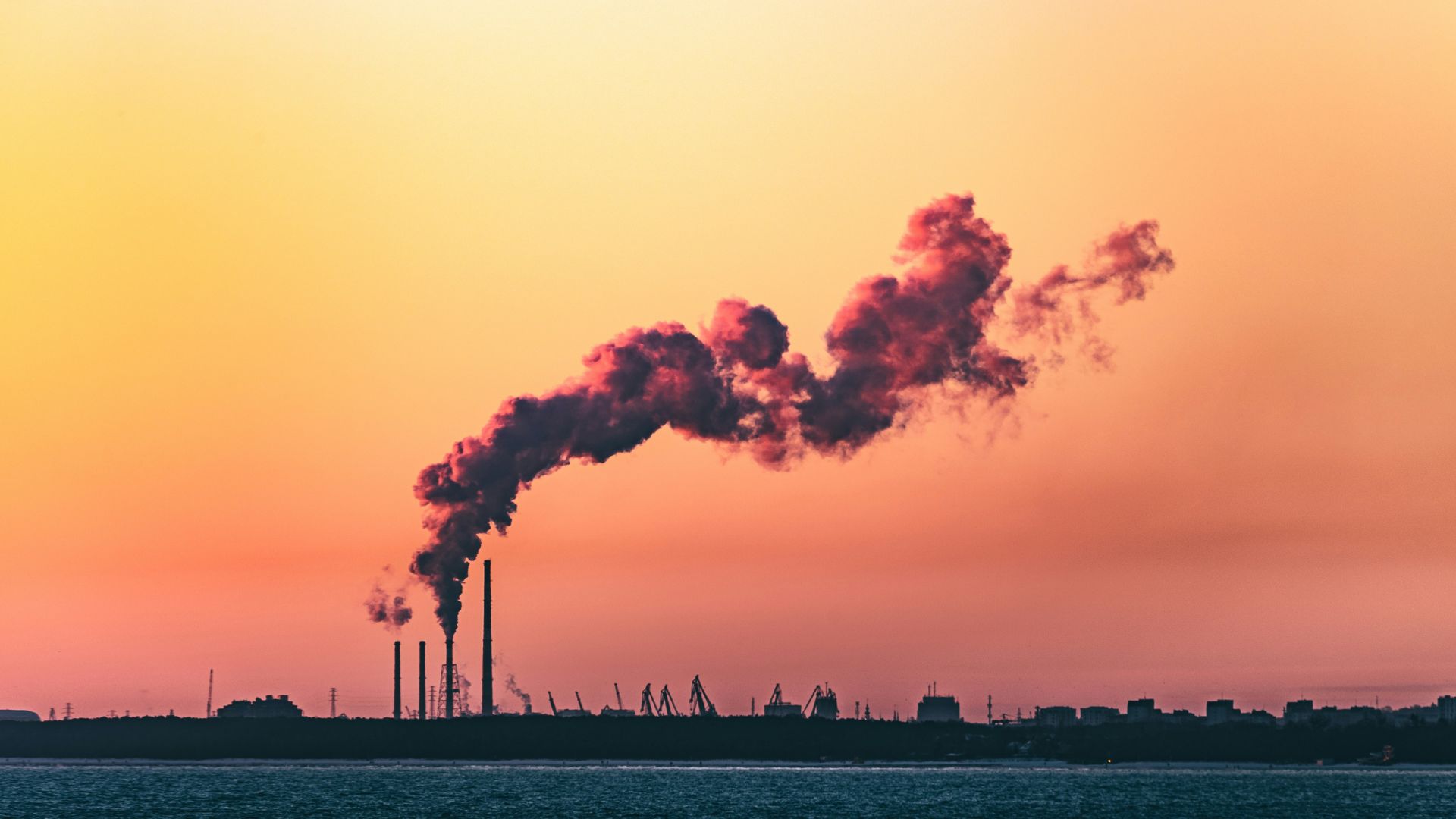
The House Climate Solutions Caucus recently highlighted concerns about delays in permitting for underground CO2 storage.
They stated these delays “are actively crippling U.S. efforts to deploy vital clean energy and carbon capture infrastructure alike,” signaling significant bureaucratic hurdles in the path of environmental regulation compliance.
Is Failure Part of the Plan?

Critics argue that the stringent regulations may be a deliberate move to phase out fossil fuels, a key agenda since Biden’s first day in office.
The question remains: Are these rules designed to promote failure rather than foster transition?
The Economic Impact of Switching to Renewables

A study from last year warns of skyrocketing electricity costs with a shift towards a renewable-centric grid.
With the ongoing high demand for oil and gas, Fox News writes,”restricting supply would only lead to sustained increases in oil and gas prices, delivering ‘body blows to the economies of the West.'”
The Reality of Renewable Energy Limitations

Fox News reports that renewables have faced their fair share of challenges, proving they’re not yet ready to be our primary energy source.
Their inability to consistently deliver power was glaringly evident during severe weather events, which led to catastrophic power failures.
Coal to the Rescue During Crises

During past emergencies like Winter Storm Uri and Storm Elliot, coal plants were crucial in preventing total grid collapses.
This raises questions about the wisdom of phasing out such a reliable energy source amidst growing instability.
Blackout Risks Surge Across the U.S.

The North American Electric Reliability Corporation (NERC) has flagged an increasing risk of blackouts, especially in areas heavily reliant on coal.
The push for carbon-free electricity might be setting us up for a fall, as “the future resource mix could fail to deliver the necessary supply of electricity under energy-constrained conditions.”
Doubts Over Renewable Readiness
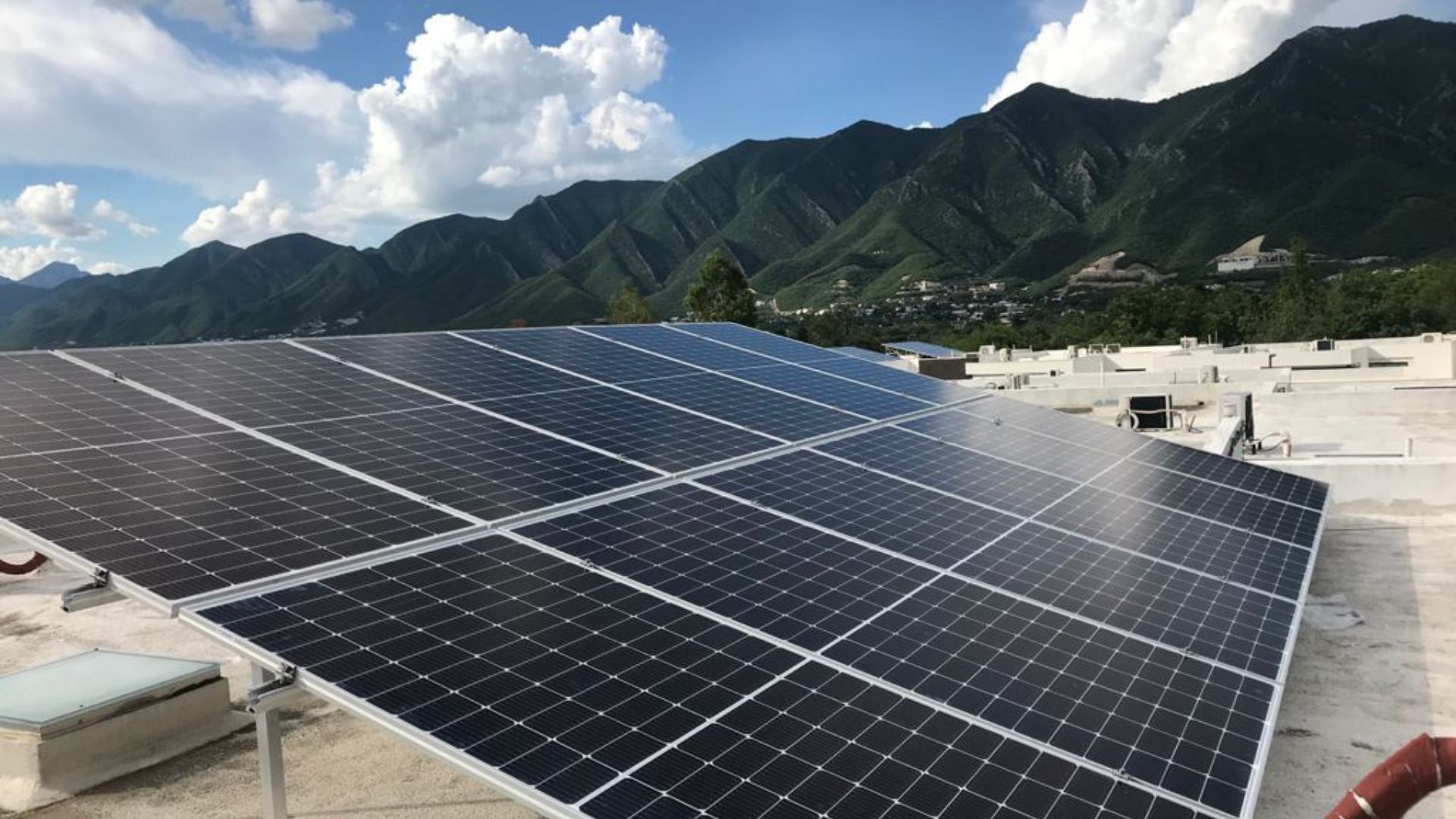
At a Senate committee hearing, NERC’s CEO expressed doubts about replacing retiring energy sources with renewables within the required timelines.
This skepticism highlights the massive challenge in meeting regulatory deadlines without compromising grid stability.
Legal Battles on the Horizon

The new rule could spark a series of legal challenges, mirroring the outcome of West Virginia v. EPA where the agency’s overreach was brought into question, Fox News reports.
As debates and lawsuits unfold, the reliability of fossil fuels remains a critical, yet contentious, backbone of America’s energy strategy.
